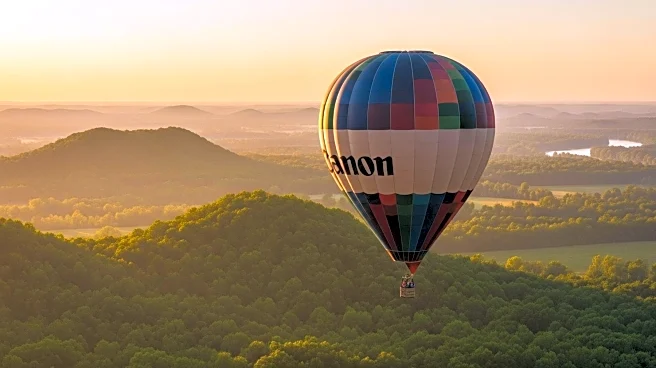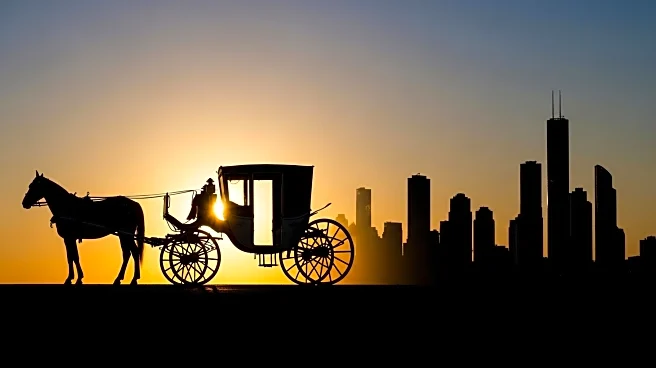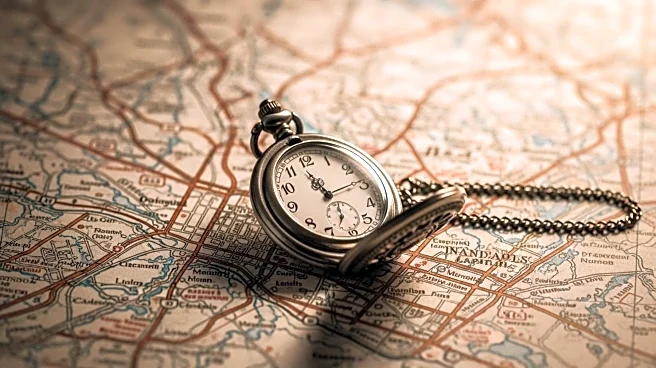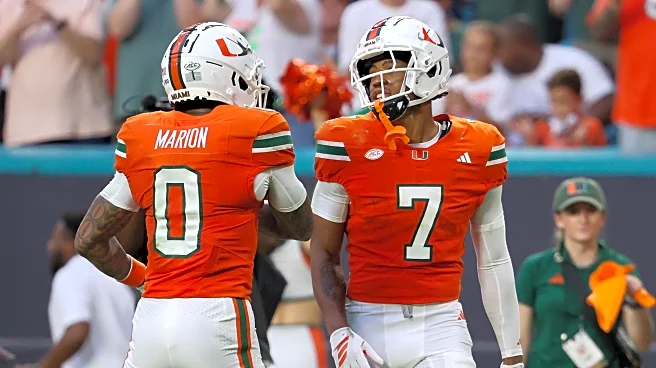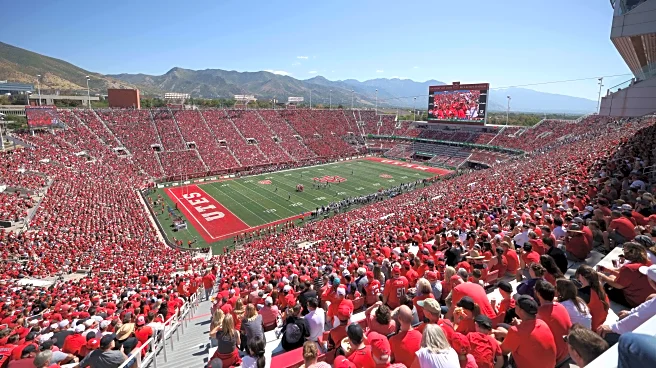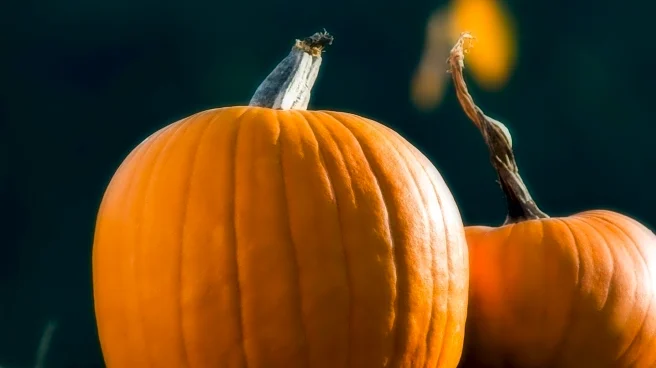Indiana, the Hoosier State, is a place of rich history and diverse culture, yet it is often subject to myths and misconceptions. This article explores the origins of these myths, contrasts them with facts, examines their persistence, and discusses their cultural effects on Indiana's identity and impact.
Origins of the Myths
The origins of myths surrounding Indiana often stem from its historical and cultural background. The state's nickname, "Hoosier," has various theories explaining its meaning, contributing to misconceptions about its origins. Indiana's perceived lack of cultural diversity is another myth, often overshadowing its rich heritage and contributions to the arts and innovation. These myths have persisted over time, shaping perceptions of the state.
Myth vs. Fact
Contrasting myths with facts reveals Indiana's true identity and contributions. While often associated with agriculture, Indiana has a thriving industrial sector, particularly in automotive manufacturing. The state's cultural scene is vibrant, with music, arts, and festivals that showcase its rich heritage. Indiana's educational institutions, such as Indiana University, contribute to its intellectual and cultural diversity, debunking myths of homogeneity.
Persistence of Myths
The persistence of myths about Indiana is influenced by stereotypes and limited exposure to the state's diverse offerings. Misconceptions about Indiana's cultural and economic diversity continue to shape perceptions, often overshadowing its true identity. Efforts to promote Indiana's rich heritage and contributions are essential in addressing these myths and fostering a deeper understanding of the state.
Cultural Effects
The cultural effects of myths about Indiana are significant, impacting the state's identity and influence. Misconceptions can hinder appreciation of Indiana's contributions to the arts, innovation, and education. By debunking myths and promoting the state's true identity, Indiana can enhance its cultural impact and relevance in the Midwest and the nation. Understanding the cultural effects of myths is crucial for appreciating Indiana's role in shaping the American landscape.
 Discover Daily • 8 min read
Discover Daily • 8 min read 